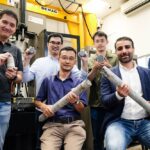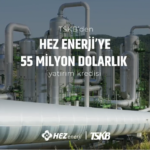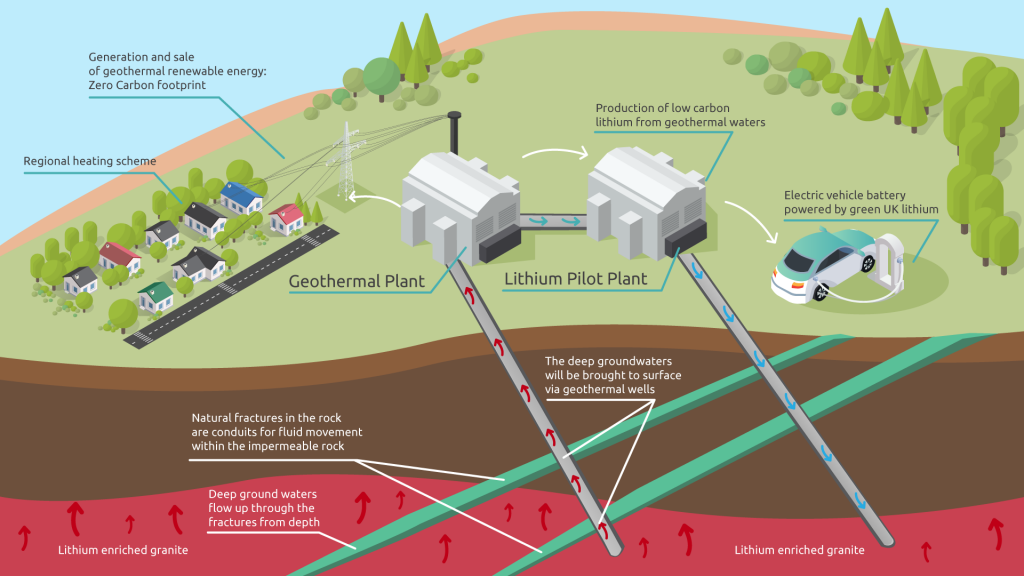Could a hot spring provide geothermal energy in Singapore?
Energy Disrupter
Researchers from Nanyang Technological University (NTU) in Singapore are exploring the opportunity presented by existing hot springs in Singapore.
A recent news piece from Singapore looks at the potential of tapping the only hot spring in Sembabwang, Singapore for geothermal energy utilization. The Straits Times reports that research is under way to explore the option of tapping a local hot spring for applications, such as power generation, cooling or water desalination.
The research is planned by researchers of the Nanyang Technological University (NTU) in Singapore , in collaboration with infrastructure consultancy Surbana Jurong and TUM Create, an electromobility research project undertaken by Germany’s Technische Universitat Munchen (TUM) and NTU, are conducting studies to obtain temperature data estimates from locations around the hot spring.
Associate Professor Alessandro Romagnoli, from the NTU School of Mechanical and Aerospace Engineering, says that research needs to be conducted to explore of the resource at depth is permeable, so water can pass through the subsurface for heat production for sustainable use above the surface. With Singapore’s subsurface being mostly granite, the economic viability of heat extraction will have to be examined.
So the research on feasibility of tapping geothermal energy at the hot spring at Sembawang will provide an idea about potential beyond, e.g. on the offshore islands of Singapore, including Pulau Tekong.
At Pualau Tekong, there is a known hot spring with surface temperature water of 50 degrees Celsius and surround wet soil of more than 90 degrees Celsius. Research will show how far this constitutes a potential for energy utilisation.
The heat from these resources could be used to desalinate waters around the island and power generated could be sent through power lines to mainland Singapore via subsea cables.
If though the hot springs at Sembawang provides sufficient resource potential, will have to be seen. Where the source of the water of the hot springs is remains unknown, according to Prof. Romagnoli, with hot granite likely being one of the reasons.
If the heat found at depth is more than 140 degrees Celsius, this could constitute an opportunity for power generation. If it is below that, direct use of the heat from geothermal could be an option. Examples are cooling, water desalination and acquaculture.
Source: The Straits Times

















